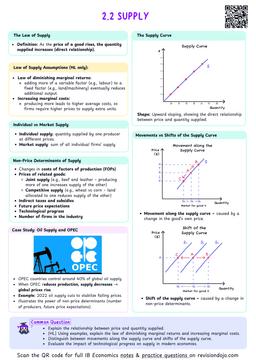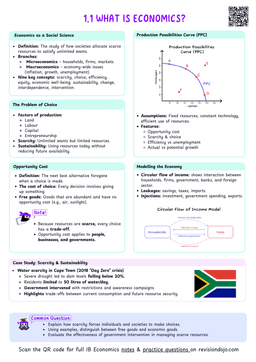- In the previous section (2.10.1), we introduced the concept and types of asymmetric information.
- We also saw that it often led to under-allocation of resources.
- To prevent this under-allocation, both governments and private individuals have developed responses to asymmetric information:
- Government responses
- Legislation and regulation
- Provision of information
- Private responses
- Screening
- Signalling
- Government responses
Government responses: legislation and regulation, provision of information
Legislation and regulation
Governments can pass legislation requiring all goods and services to meet specific quality standards.
Advantages
Legislation and regulation have several advantages:
- Improves product quality: ensures sellers meet minimum quality and safety standards.
- Builds trust: increases consumer confidence by requiring transparency from sellers.
- Protects insurers: discourages risky behaviour by enforcing regulations on insured parties:
- Governments may require insured parties to follow safety guidelines (installing smoke detectors for fire insurance, limiting how much risk a bank can take with deposits...).
- These rules reduce the likelihood of reckless actions by insured parties since they must comply with safety standards.
- In turn, insurers are protected from higher claims that could arise if insured parties act carelessly, knowing the insurer will cover the costs.
- Promotes fair competition: prevents misleading practices and ensures equal information.
- Safeguards public interest: ensures essential services meet safety and ethical standards.
Disadvantages
- Administrative complexity: enforcement requires significant government resources and oversight, which has opportunity costs.
- Compliance costs: raises expenses for businesses, particularly smaller firms, since they must allocate resources to ensure bureaucratic procedures.
- Market inefficiency: overregulation may stifle innovation and reduce competition.
- Risk of avoidance: consumers or firms may bypass regulations, leading to black markets.
- Limited adaptability: regulations may not cover all scenarios, leading to gaps in protection.
Legislation and regulation: NFPA 101 fire safety regulations in the US
When: 1992-ongoing
Where: Commercial buildings across the US
What: Mandatory fire safety regulations requiring smoke detectors, fire alarms, and sprinklers.
How: The government enforced building codes and safety standards in the NFPA Life Safety Code (NFPA 101), adopted in 1992. Insurers also require compliance, reducing risky behaviour from property owners. Non-compliance risks fines or denial of insurance.
So: Regulations improve safety, protect insurers by minimising claims, and increase consumer trust. However, they raise compliance costs for small businesses and require significant government oversight. Some property owners may attempt to bypass these rules, leading to gaps in enforcement.
Provision of Information
- Governments often provide information regarding quality for numerous goods/services.
- This protects the consumers from making low quality and unsafe transactions.
- The government will either:
- Directly provide the information itself.
- Force the sellers to provide the necessary information.
Advantages
- Improves decision-making: ensures consumers and firms have the knowledge to make informed choices, reducing risks of adverse selection and moral hazard.
- Promotes transparency: encourages honest business practices by requiring disclosure of product and service details.
- Enhances market efficiency: Reduces uncertainty, allowing resources to be allocated more effectively.
- Encourages safer behaviour: Disseminates safety information to reduce risky behaviour by insured parties or firms.


